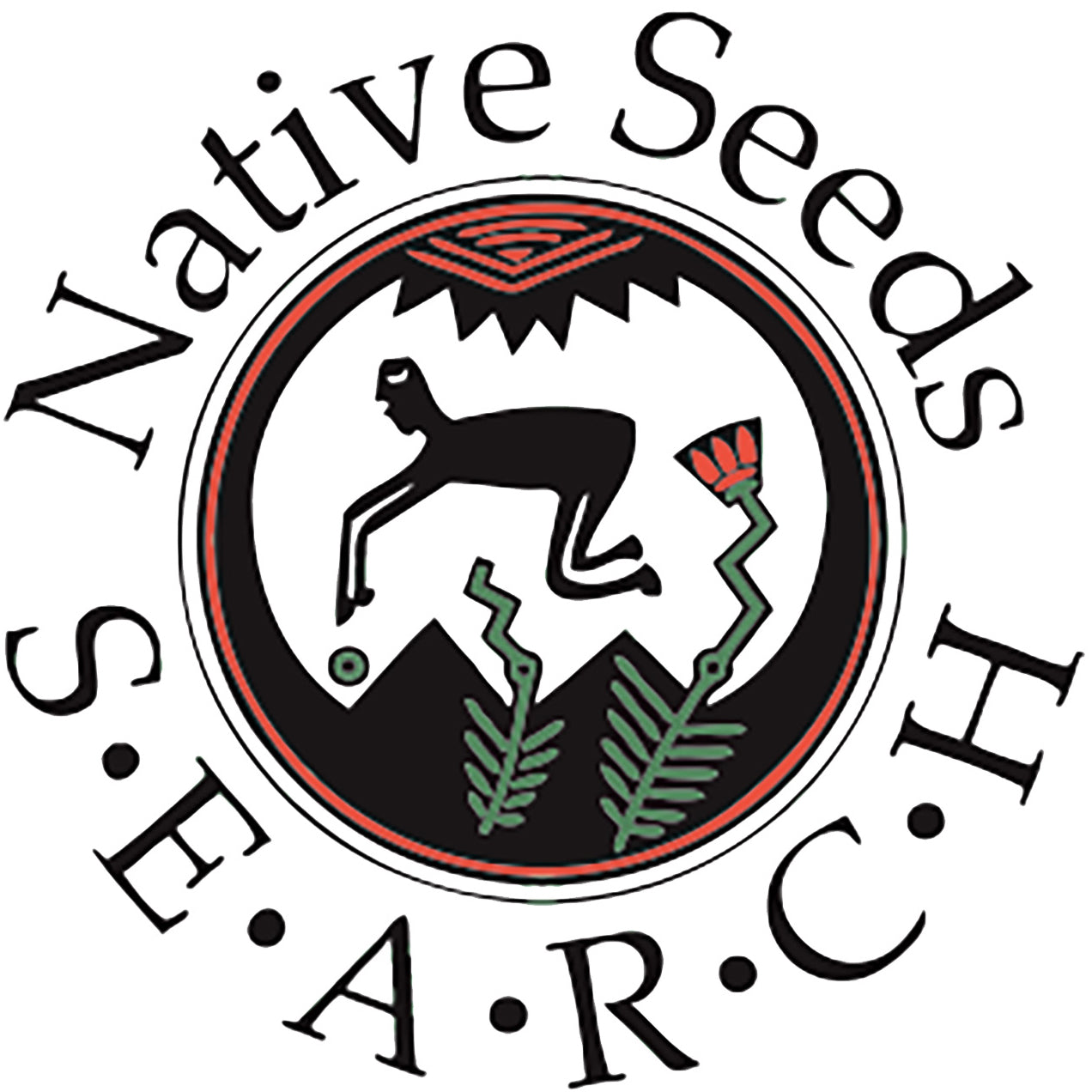
BOTANICAL NAME:
Zea mays
COLLECTION SITE:
Developed by Carl Barnes in Oklahoma from crossing several different Native American corn varieties including varieties from the Cherokee and the Pawnee.
HISTORICAL ORIGINS:
Corn began to be domesticated from a wild grass called Teosinte, beginning around 9,000 years ago in Mexico. This early domesticated corn was a type of popcorn with small kernels and small ears. There is evidence to suggest the cultivation of corn in the US as early as 2100 BC in Arizona’s Santa Cruz Valley and Northwestern New Mexico. It is thought that these corns resembled popcorns.
CULINARY USES:
Glass Gem is predominantly a popcorn (a subcategory of flint corn) and can be ground into cornmeal for use in dishes such as polenta or grits, or popped. This variety was selected for its majestic beauty and colors. However, it does have good corn flavor.
SOCIO-CULTURAL IMPORTANCE:
The colorful Glass Gem corn has recently received worldwide attention, and it tells the story of two men with a love for corn. Glass Gem was developed out of a line of ‘rainbow corn’ that was originally bred by a part-Cherokee, corn enthusiast named Carl Barnes. Barnes grew up in Oklahoma and from an early age became interested in his Native American heritage. He had a particular fascination for the ceremonial knowledge surrounding the planting, harvesting and honoring of seeds, which he learned from his Grandfather.
Later in life, Barnes grew some of the older corn varieties available in the area. Within this corn, he noticed traits from ancient varieties that were previously stewarded by Native American peoples of Oklahoma but had been lost, and so he began to isolate these special plants. Soon, Barnes had developed a collection of heritage corns and was able to reintroduce them to their original stewards.
Over time, these groups exchanged seed with Barnes and he developed an extensive collection of heritage corn varieties. In 1994, Carl Barnes met Greg Schoen, another fan of unusual corns. The two men developed a deep friendship over the years and Schoen began to grow the ‘rainbow corn’ that Barnes had created during the 1980s from a mixture of Pawnee miniature, Osage Red Flour and Osage Greyhorse corns.
Between 2005-2007, Schoen worked with his friend, Jose Lucero of Santa Clara Pueblo, NM, to grow out the rainbow corn among larger Spanish and Pueblo flour corns found in the area. The bigger corns interbred with the smaller rainbow corn, to give it a robustness and depth of color. Seed from the 2008 crop was dispersed by Schoen to interested individuals from Kenya, Mexico, Israel, India and the US. Within the US, Bill McDorman, a former Executive Director of Native Seeds/SEARCH, was gifted some of the rainbow seed. Bill began to use this corn – which Schoen named ‘Glass Gem’ because of its appearance – in his educational programs, enthusing students far and wide.
In 2012, a picture of Glass Gem went viral on the internet, causing a surge of interest in corn. The Internet, with social media sites such as Facebook, Twitter and Pinterest, is changing the way that knowledge is disseminated in society. This is a very powerful tool to engage many different people in issues surrounding food security, farming and healthy eating. Glass Gem is now being stewarded and made available to the public by Native Seeds/SEARCH.
CULTIVATION TECHNIQUES:
Greg Schoen suggests planting Glass Gem in rows 30 inches apart with 6-12 inches between seeds. Alternatively, 3-4 seeds can be planted in a hole, with a space of 3-4 feet between seed clusters. The ears are ready to harvest when the husks are dry and brown.
REFERENCES:
Schoen, Greg (2012). The Origins and Journey of ‘Carl’s Glass Gems’ Rainbow Corn. Mother Earth News. Retrieved from http://www.motherearthnews.com/homesteading-and-livestock/glass-gem-corn-seed-zwfz1212zrob.aspx?PageId=1
Thomas, Stephen (2013). The Story of Glass Gem Corn: Beauty, History and Hope. Native Seeds/SEARCH. Retrieved from /community/199-the-story-of-glass-gem-corn-beauty-history-and-hope
